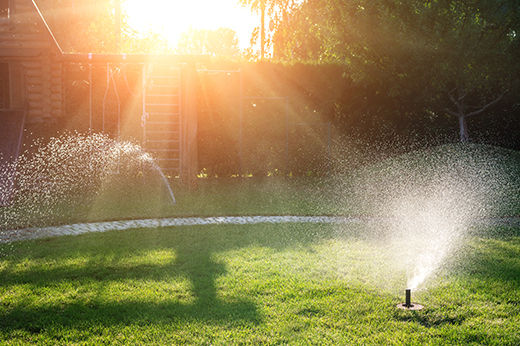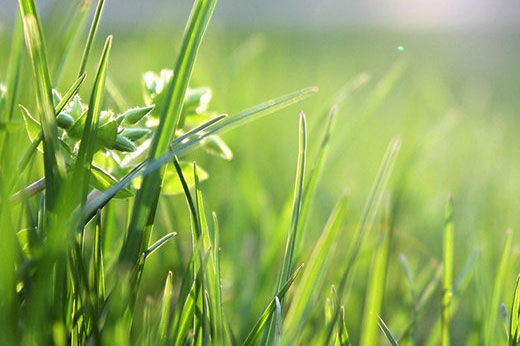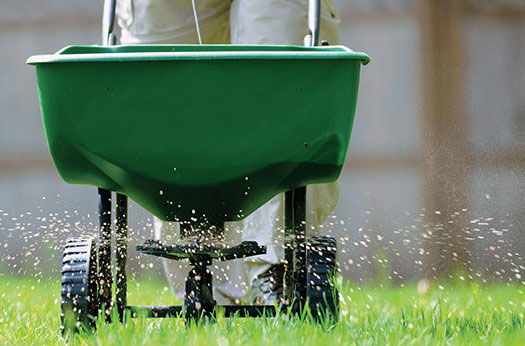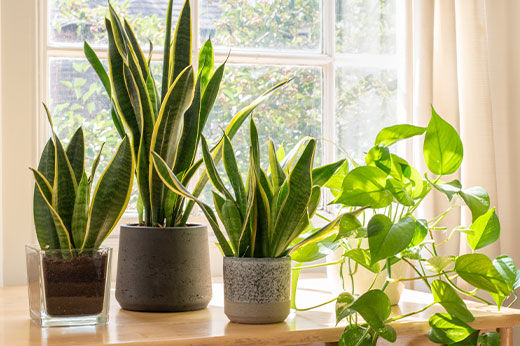How and Why to Test Soil Ph

Have you ever wondered why some plants in your garden thrive while others struggle to survive? Soil pH is one of the most important factors in determining plant health and plays a crucial role in the growth and development of your plants and lawn. Check out the information below to learn more about soil pH, why it’s essential for your plants, and how to ensure it’s at the right level for your lawn and garden.
How to Test Soil pH
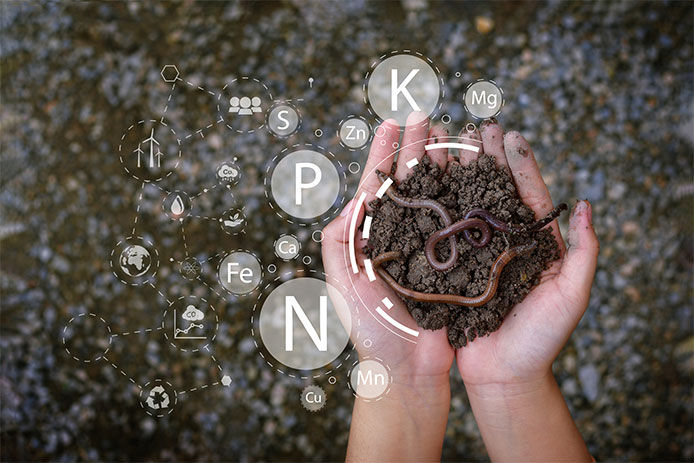
Having a beautiful lawn or garden starts with healthy soil. The baseline for healthy soil lies within the pH (potential hydrogen). The pH is the measurement of the acidity or alkalinity in your soil, and testing it is a vital step to incorporate into any lawn or garden routine. If soil pH is a new concept for you, there’s no need to worry. You can easily have your soil tested by contacting your local county extension office, or you can do it yourself using a pH soil tester.
Step-by-step Instructions for Testing Soil pH with a Kit

DIY kits are an easy way to save time and money while getting an accurate pH measurement on your lawn or garden’s soil. There are a few different types of soil testers you can look for, but most involve direct soil testing or slurry testing. These steps will help you get an accurate reading for whichever method you choose, but be sure to follow the instructions that come with your test kit for the best results.
For direct soil testing:
- Remove any rocks or stones, discarding approximately 1-2 inches of topsoil
- Use a small shovel to dig a testing area about 7-8 inches deep
- Make sure the soil is moist by adding a small amount of distilled water if needed
- Rinse your soil meter’s electrode with tap water
- Gently push the electrode into the testing area and wait for the reading to appear
- Take note of the pH reading, remove the electrode, and rinse it in tap water
For slurry testing:
- Gather a soil sample, approximately 6-12 inches below the surface for garden areas or 2-4 inches for grass
- Make a slurry mixture by combining 1 part soil with 5 parts distilled water in a container and shaking it for 1 minute, then resting until the soil has settled from the water
- Follow the instructions in your kit for testing pH and nutrient levels by adding soil and powder mixture to various test tubes
- Shake the test tubes and allow the soil to settle for about 10 minutes while the color develops
- Compare the colors of your test tubes to the chart included with your kit to read and record your results
For both methods of pH testing, we recommend using samples from multiple locations to get a more accurate measurement.
Interpreting Soil pH Results

So you’ve tested your soil and have your pH levels written down. Now what? Well, now you know whether you need to adjust the pH level of your soil to allow for healthy plant growth. If your pH is imbalanced, it will have either too much acidity or too much alkalinity, which can affect the amount of fertilizer and nutrients that stay in the soil.
When reading your pH results, many kits will use a scale of 1-14, where a 1 is very acidic, a 14 is very alkaline (sometimes referred to as basic), and a 7 is neutral. Many lawns and gardens will grow best in slightly acidic soil. This means your ideal pH is around 6.2-7.0 on the pH scale.
Reasons to Test Soil pH

So now you know how to test your soil pH properly. But why do you need to know the pH level of your lawn or garden before planting? An imbalance of pH affects the availability of essential nutrients a plant can access. If your soil is too alkaline or acidic, your plants cannot uptake nutrients effectively, leading to stunted growth and poor yields, making them susceptible to disease. Once you know the pH of your lawn or garden, you can add the appropriate type of fertilizer or lawn food to help lower or raise the pH to the desired level.
Not only does pH affect the level of nutrients your plants can absorb, but it also plays a critical role in supporting soil microorganisms, which are essential for healthy soil. Soil microorganisms, such as bacteria and fungi, break down organic matter, cycle nutrients, and improve soil structure. Some of these microorganisms will thrive in alkaline conditions while others thrive in acidic, so properly measuring and adjusting the pH levels of your soil will help build a healthy environment for sustained plant growth.
Now that you know the importance of soil pH for successful plant growth, it's time to get out there and start testing your soil! Don't let your gardening dreams go to waste because of poor soil management. Once you've got a good handle on your soil's pH, remember to look for the right fertilizer or soil food to help balance a healthy pH level. With a little bit of effort and attention, your garden will flourish in no time!
